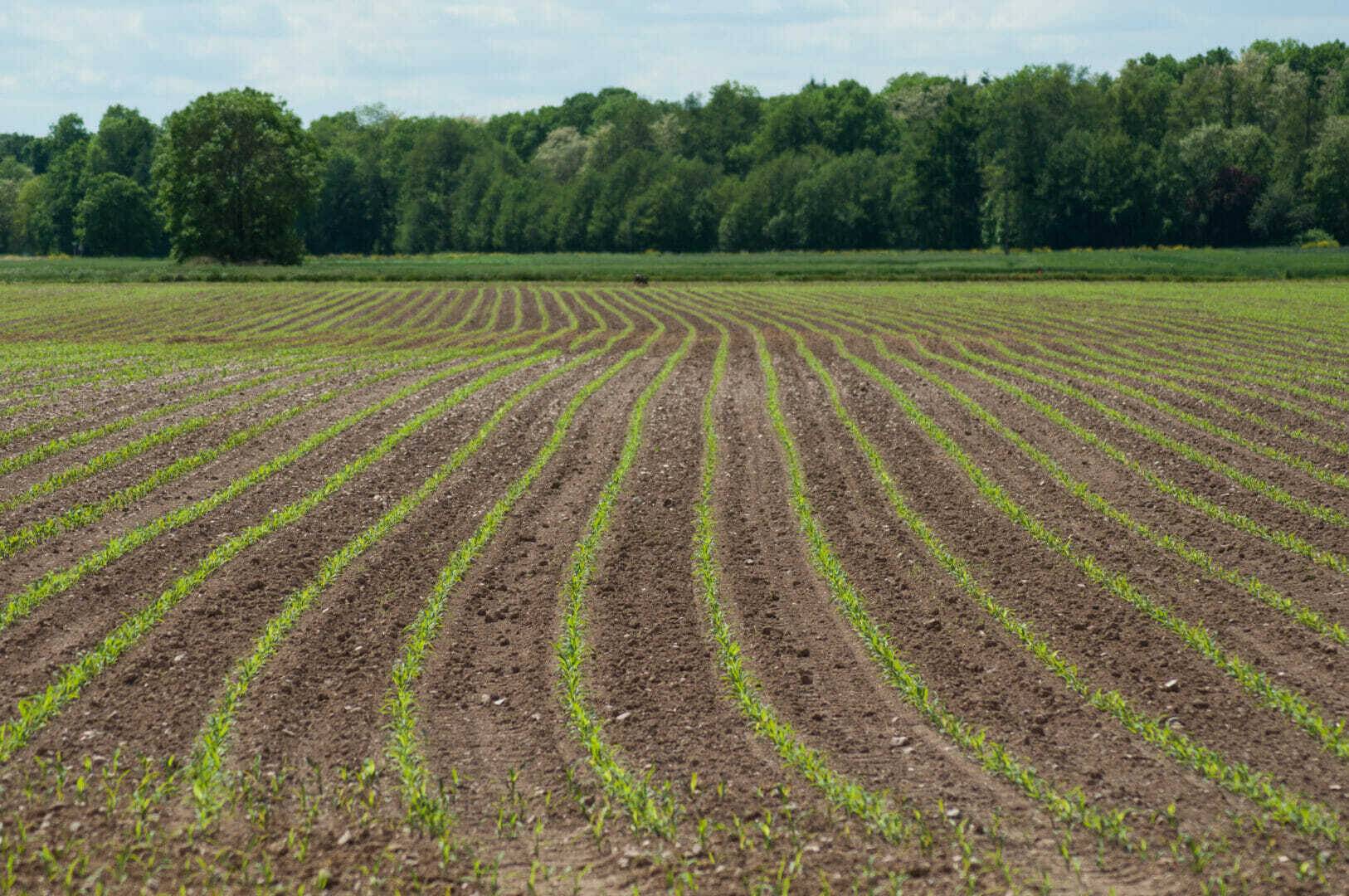These photos, submitted from a field in southeast Iowa, show a side-by-side comparison of Latham SoyShield Plus with Saltro against eight competitor entries. Click here for more information on Latham’s Seed Treatment offerings.
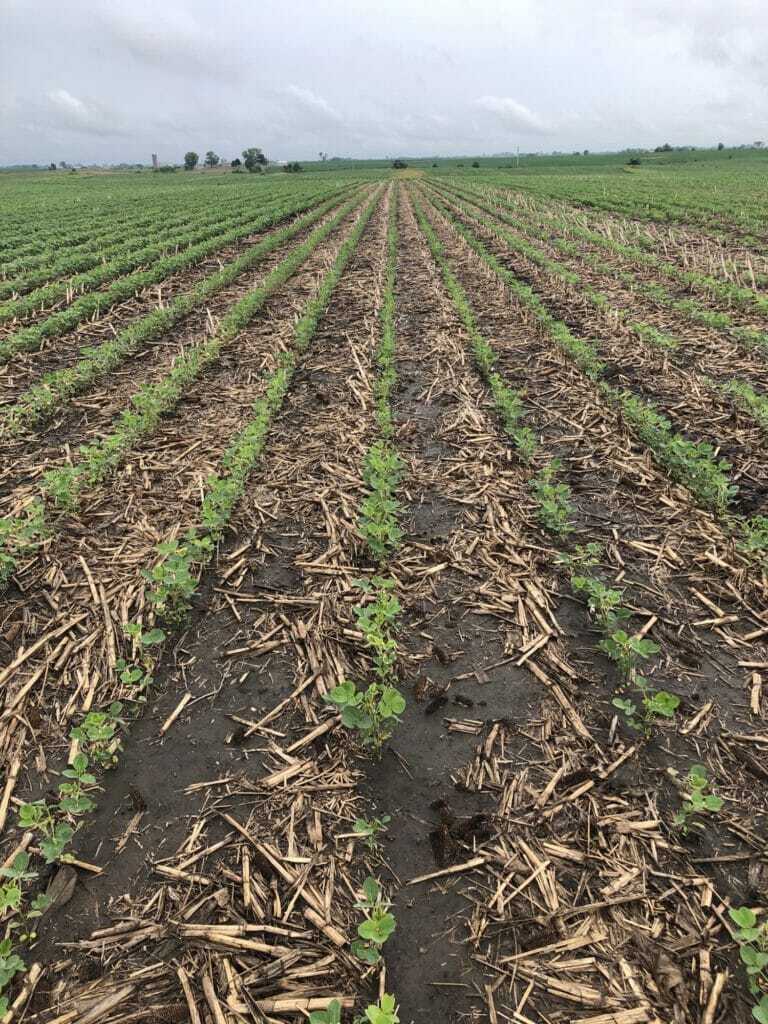
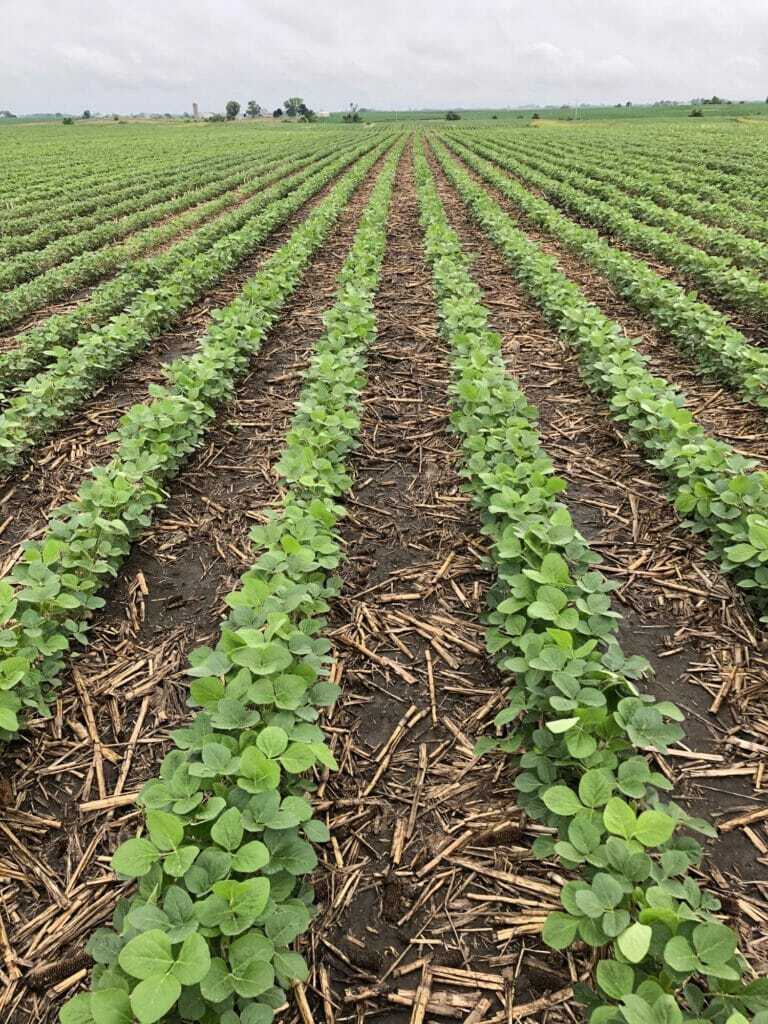
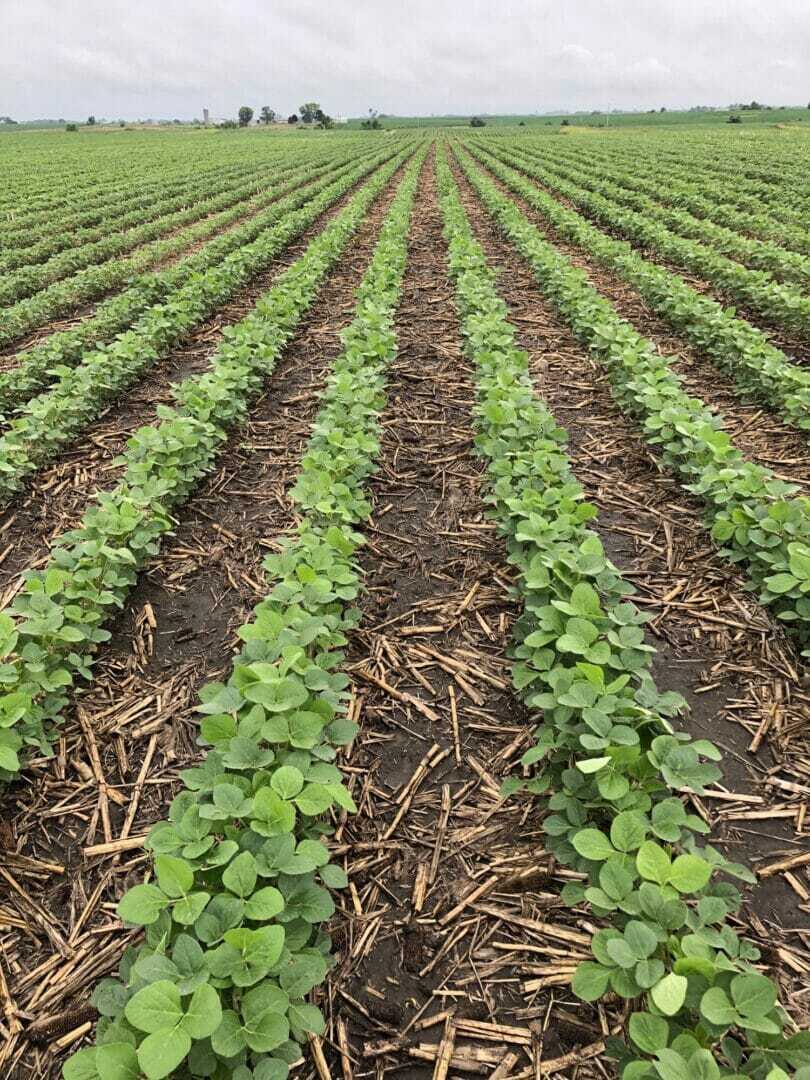
These photos, submitted from a field in southeast Iowa, show a side-by-side comparison of Latham SoyShield Plus with Saltro against eight competitor entries. Click here for more information on Latham’s Seed Treatment offerings.


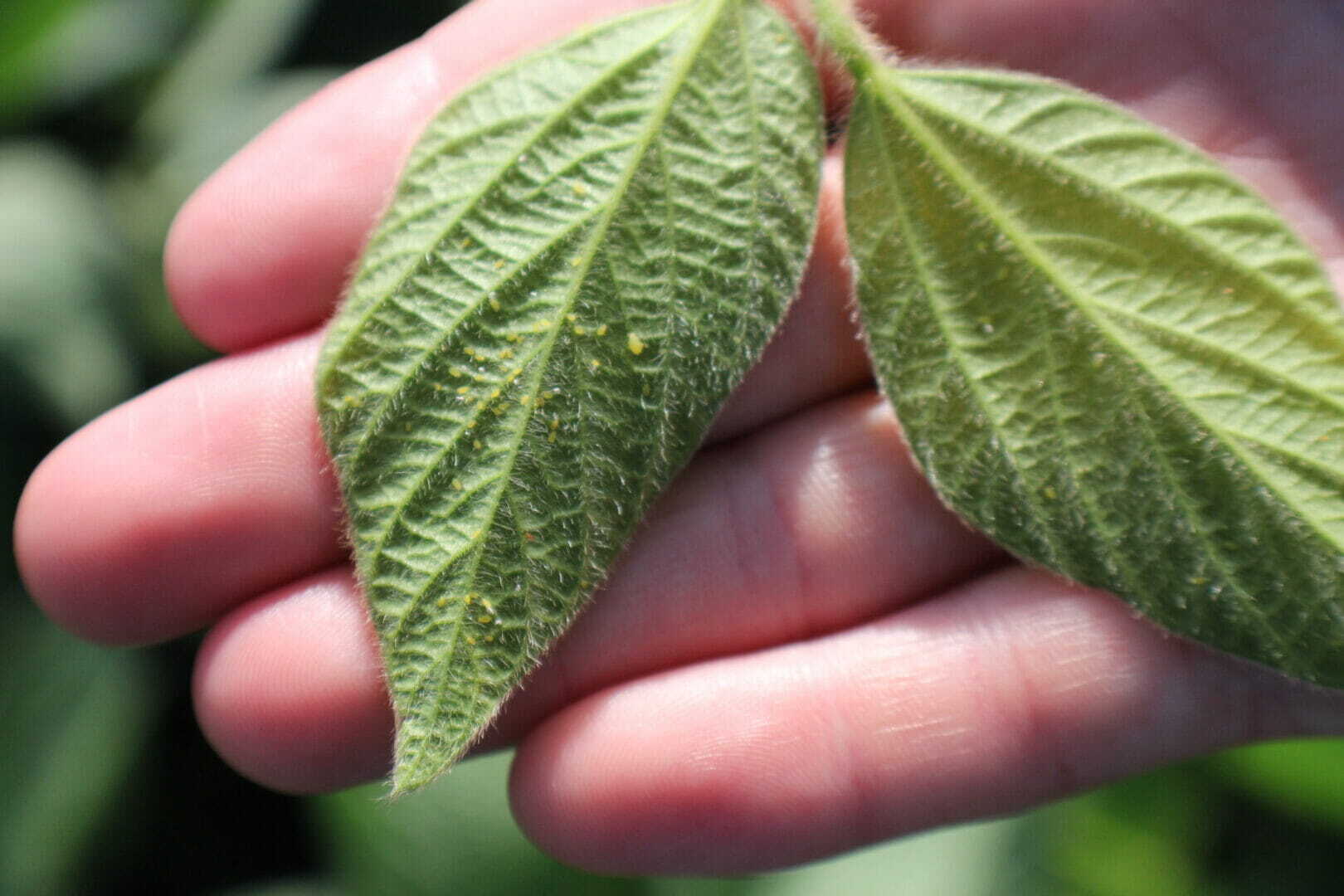

In part two of our #AskTheAgronomist series on heat stress, Precision Agronomist Phil Long covers how hot, dry conditions affect soybean growth and decision-making moving forward.
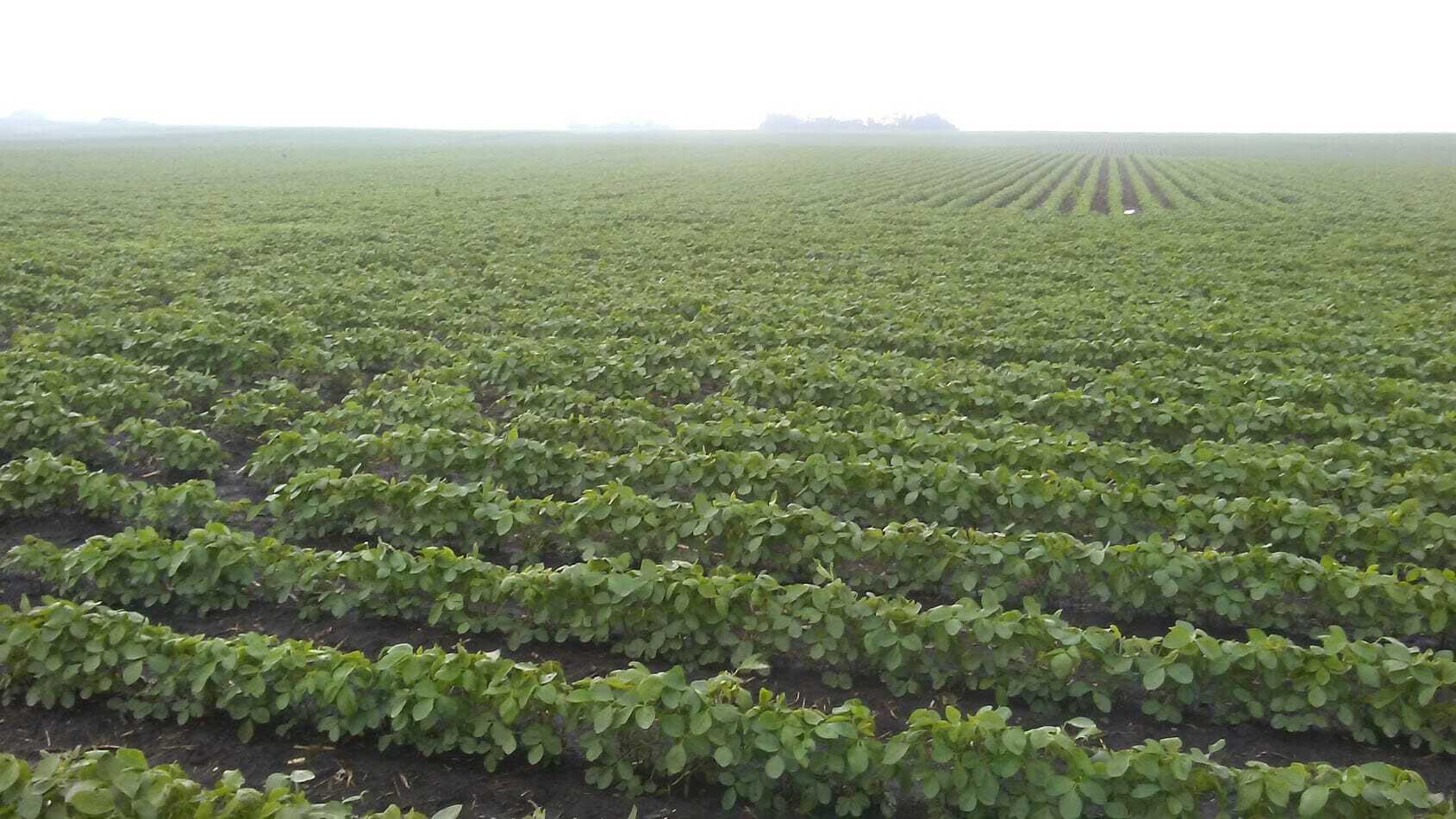
The 55 mile-per-hour drive-by is one of the most common ways farmers check how crops are doing, but there are some things you just can’t see from the pickup. It really can pay to walk through fields.
Call your Latham® Dealer and ask him or her to walk through your Latham products. That way you can both monitor how the products are doing. You can note whether you need to adjust which products are planted on each field next year.
Corn: Uniform stand and growth stage are more important than seeing dark green seedlings. There is a direct relationship between the amount of productive leaf area and yield. How healthy are the plants in general? How many leaves does a plant have compared to its neighboring plants? Leaves are the factory that produces the ear, so you want leaves to stay green and unimpeded by insects or diseases, which decrease the leaves production. Take stand counts and compare those counts to the counts you get when you walk fields in August for yield estimates.
Soybeans: Soybean yield is all about the August rains and potential pods. What is there to see now? The row should be closed by R1 (beginning flower) or as close to it as possible. The second most important thing to evaluate in June is how many nodes it has before R1. Our soybeans are all indeterminate, which means they keep putting on more nodes after R1. Your goal is for soybeans to produce as many nodes as possible, so you get as many pods as possible. Early planted soybeans should show more nodes than fields planted later.
Corn: Be sure to bring a shovel. Dig some plants up and evaluate whether the nodal root system is developing well, or whether it has hit any compaction or shows signs of insect feeding. By this time, Corn Rootworm larvae are getting started. Although you won’t see the full extent of their damage, which is closer to pollination, this is still a great time to compare different corn traits and potentially in-furrow insecticide treatment. If your roots aren’t healthy, the plant won’t yield to its full potential regardless how green it looks on top. Note foliar diseases like Anthracnose or insect damage because you will want to follow up on those areas closer to pollination.
Soybeans: The shovel should go into the soybean field, too. Dig some plants and evaluate what the roots look like. Brush off the soil, and use your knife to split some of the nodules. You should see some that are red (producing nitrogen) and some that are green (getting ready to produce nitrogen). The lateral roots off the main taproot should reach across 30-inch rows by now. Although they are very small, Soybean Cyst Nematodes should be a focus at this point in the season. They are often confused with nutrient deficiencies, so take a deeper look. Wash some roots or send some samples to your land grant university because SCN can rob 20% of your yield without you even knowing it. Planting the right genetics protects yield.
Remember: Green above ground and white below ground or inside the stem means the plant is healthy. Use the Data Forward App or another tool to record specific areas of a field, so you can come back to those spots later in the season and again the following year. Noting trends from season to season will guide you into better management. Field-by-field planning leads to higher profits.

The most successful farmers are those who spend substantial time checking for disease, insects, stand uniformity and plant health. When things don’t look good, it’s time to call in your A-Team!
The Oxford online dictionary defines A-Team as “a group of elite soldiers or top advisors or workers in an organization.” Your A-Team needs to be a group of expert advisors, who can help you diagnose problems and make recommendations to solve those issues. This group might include your Latham® Dealer or RSM, an agronomist from your chemical retailer or local co-op, a county or state Extension expert, or a private consultant that you’ve hired for this specific purpose. Do not rely only on “coffee shop talk” or advice from neighbors or friends.
With your A-Team in mind, below are five things to watch for as we approach soybean pollination:
1. Overall population and stand. I believe that the period between planting and first bloom is the most critical time for soybean growers. Across most of Latham Country, Spring 2021 was dry enough to plant early yet too cool to stimulate consistent growth and vigor. Stands were uneven. Seedlings had a sick, yellow appearance, which can lead to the onset of diseases and pests.
2. Yellow soybeans. Soybeans can turn yellow (or chlorotic) for many reasons, including Iron Deficiency Chlorosis (IDC), Soybean Cyst Nematode (SCN), high soluble salts, chemical burns, insects and diseases. Your A-Team can help determine what has caused this.
3. Soybean Aphid. I venture to say the Soybean Aphid is still the #1 insect pest across Latham Country. This insect overwinters in our region as eggs laid on the buckhorn species of trees and shrubs. Winged adults will move to soybeans in early to mid-June. Throughout the summer, most soybean aphids are females that reproduce asexually and rapidly. They can infest a whole field in a matter of days.
4. Soybean Gall Midge. This new insect species is causing damage in areas of southeast South Dakota, southwest Minnesota, eastern Nebraska, western Iowa and more recently in Northwest Missouri. Researchers expect to see adults in early to mid-June, however, information and management for this pest are still in the discovery stage.
5. Hail. Farmers don’t need to look for hail, but it too often finds them! Knowing what to look for and how to react is key when deciding what to do after a hailstorm. Soybean plants that are cut off below the cotyledon node have no chance of surviving. Plants that are severely bruised and easily fold over at the impact site have a very poor chance of surviving. However, plants that are only missing one cotyledon or missing both with the growing point still intact have a very good chance of survival. My best advice is to abstain from evaluating fields that received hail as soon as it is dry enough to do so. Instead, give the plants at least a week to see if new growth will occur. That way you can see what you have for a viable population.
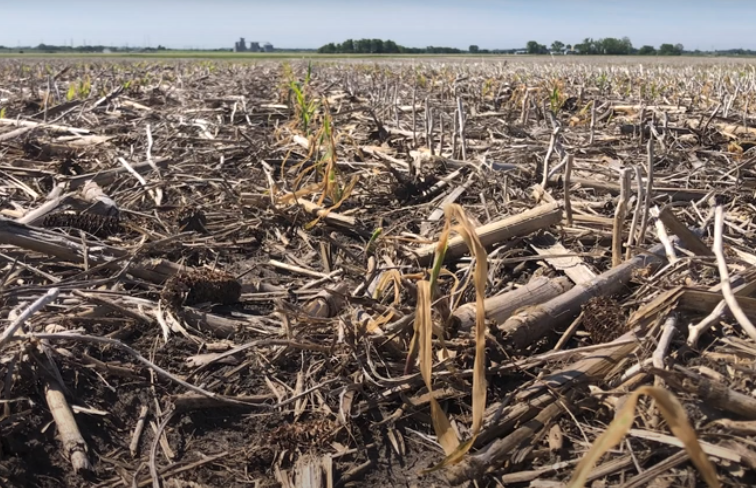
Parts of the upper Midwest experienced below-freezing temperatures during the last few days of May. In this week’s #AskTheAgronomist, Latham Precision Agronomist Phil Long covers how to evaluate frost damage in corn and soybeans.

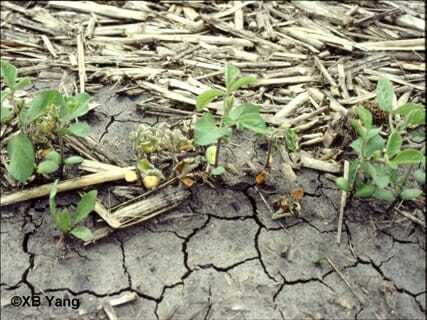
Soybean stands can suffer from a wide variety of problems that will reduce population. Hail, diseases, insects, cold soil temperatures at planting, compaction, and planter failures can all affect the stand individually and in combination.
Stand reductions almost never occur evenly across the field. Here are some basic steps to help evaluate soybean stands and decide if re-planting is necessary.
Take 10 stand counts in the area with the worst damage and 10 counts in the part of the field that was not affected or affected just slightly. At each point, measure off 10 feet of row and count the number of live, viable plants. Then calculate the average of your 10 points and compare them to the table below to see how many plants per acre you have remaining.
A stand of 100,000 evenly distributed plants generally gives you optimum yield. As the growing season progresses, however, it is much more difficult to establish a good stand. A stand of 75,000 on May 15 is inadequate, but you might be better off leaving a stand of 75,000 plants if it is July 1.
Planting soybeans on or before June 1 averages 95% of expected yield. In a five-year Latham Seeds’ study, there was no significant yield difference in soybeans planted before May 15. Planting dates included late April, early May and mid-May. We did not see yields drop to 85% or lower until after June 15.
Our results are similar to studies done by university researchers. If you farm below the line from Watertown, SD through the Twin Cities and over toward Green Bay, Wisc., I recommend staying with soybeans in your normal maturity until mid-June. After June 15, consider the precipitation expected in late June and early July because the biggest threat to establishing a late soybean crop is lack of rainfall. If you are north of that line, you may need to switch to an earlier variety a week or so sooner.
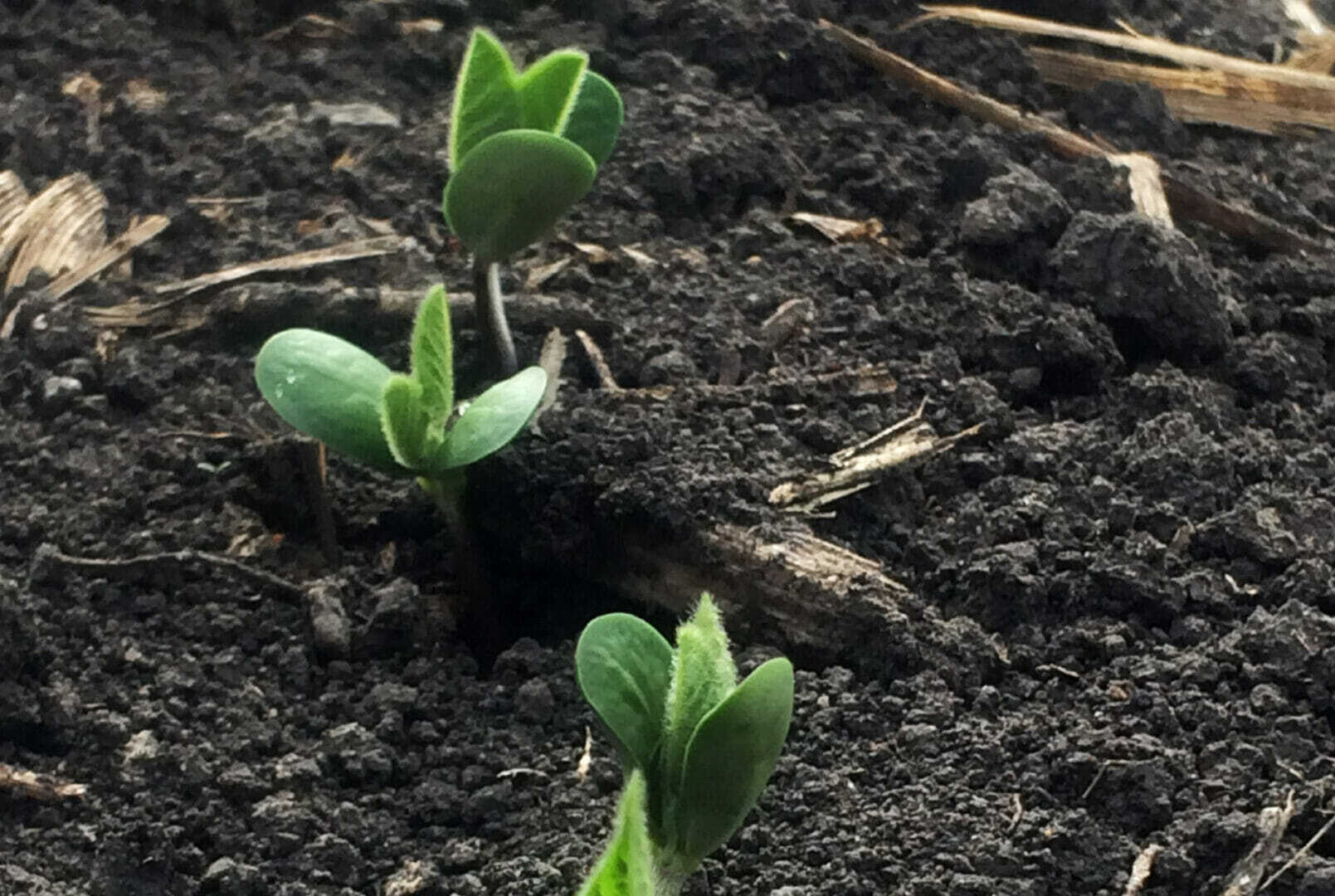
“In farming, you only get one chance every year, so it’s worth it to do it right the first time.”
That statement is so very true. Below are a few things to keep in mind to optimize your corn and soybeans yields:
 Soil Moisture. Working ground when it is too wet leads to slabbing and clodding of the soil, so areas within fields dry at different rates. A kernel of corn imbibes, or takes in, about 30% of its weight in water during germination. When kernels in a row are exposed to varying amounts of soil moisture, their germination rates and emergence will vary from plant to plant. The result is uneven emergence, poor early growth and potentially severe stand loss. Soybeans need more water at germination, taking in about 50% of seed weight on average. As with corn, good seed-to-soil contact is critical, so avoid cloddy conditions.
Soil Moisture. Working ground when it is too wet leads to slabbing and clodding of the soil, so areas within fields dry at different rates. A kernel of corn imbibes, or takes in, about 30% of its weight in water during germination. When kernels in a row are exposed to varying amounts of soil moisture, their germination rates and emergence will vary from plant to plant. The result is uneven emergence, poor early growth and potentially severe stand loss. Soybeans need more water at germination, taking in about 50% of seed weight on average. As with corn, good seed-to-soil contact is critical, so avoid cloddy conditions.
Soil Temperature. Corn germinates best when soil temperature is close to 50° F. Approximately 120 growing degree units (GDU’s) are required for corn to emerge. During periods of cool temperatures, it can take several days to achieve those GDU’s. Once a corn seed germinates, it can exist for about 14 days on the energy that is contained in the endosperm. Under ideal conditions, the seed will emerge and develop a root system in much less than 14 days. Most researchers agree that soybeans emerge best when the soil temp is 55° F or warmer. Avoid planting soybeans if the temperature is below 55° and a cold rain/weather event is expected within 24 hours after planting.
Planting depth: Soybeans respond best when planted at 1¼ to 1½ inches deep and should never be planted deeper than 2 inches! Remember, a soybean seedling must push that cotyledon through the soil as it emerges. The soybean seedling requires much more energy than a corn seedling with its narrow coleoptile (shoot). Target depth when planting corn is 2.5 inches. Planting corn shallow is as bad as planting soybeans too deep because nodal roots will not develop properly and “Rootless Corn Syndrome” may result.
Soybean inoculant: Old-timers say if soybeans have been planted in a field within the past four to five years, then an inoculant is not necessary. However, recent studies and more advanced inoculant formulations show otherwise. Using inoculants in light, sandy soils, as well as weather-stressed (flood, drought, etc.) fields have shown increased plant health and improvements in overall yield. Consider running side-by-side trials on your farm to see if inoculants will work for you.
Problems like sidewall compaction, surface crusting, herbicide injury, seedling insects and seedling diseases can all lead to delayed plant and root development. These, and many others, can all cause uneven emergence and poor stands in corn and soybean. That’s why it’s important to control what you can to set up your crops for success!
Stay safe this planting season. Did you enjoy this article? We want to (TECH)talk with you! Sign up for our newsletter to receive agronomy videos, articles (and delicious recipes) in your inbox! We’ll TALK soon.
